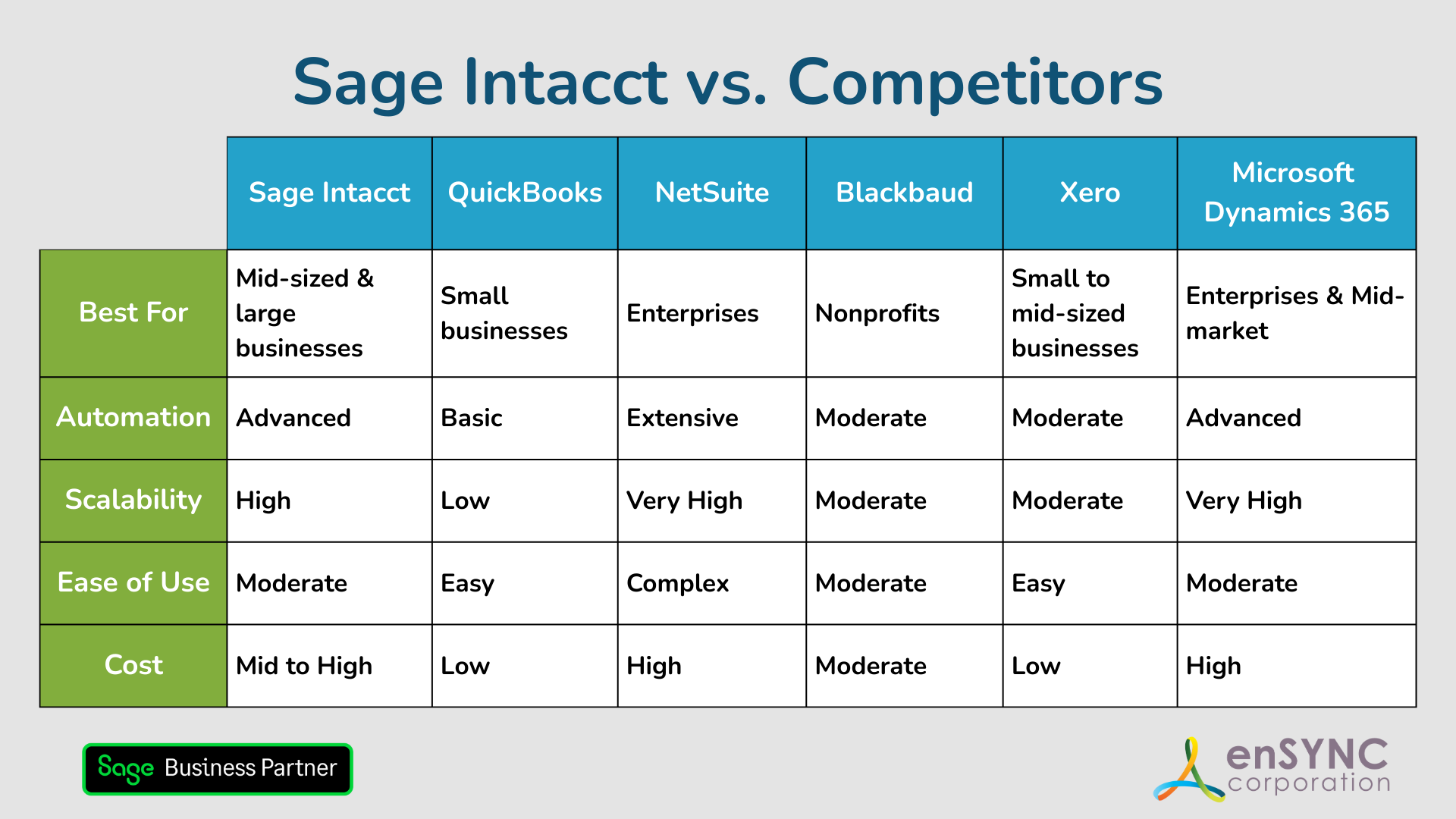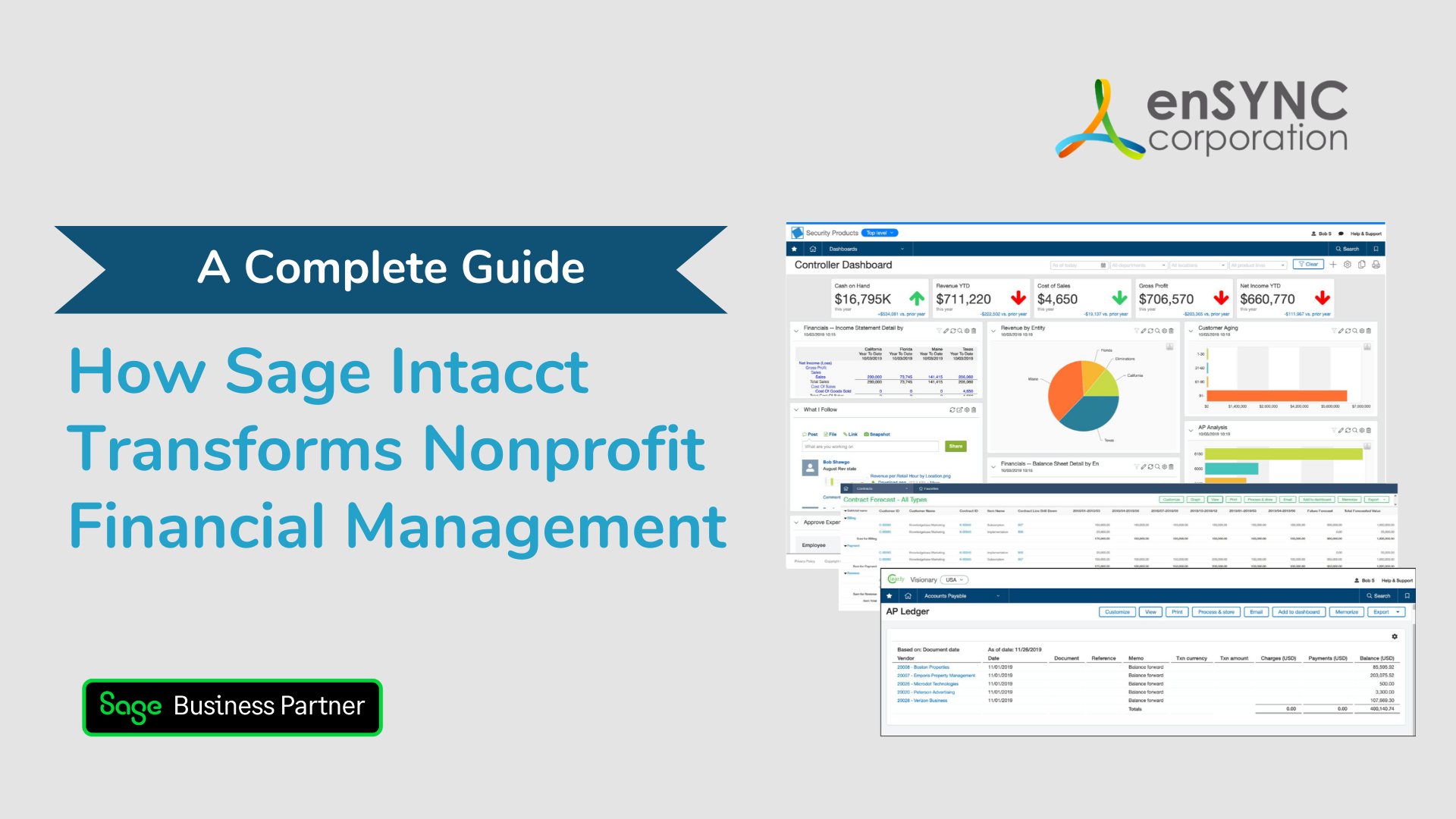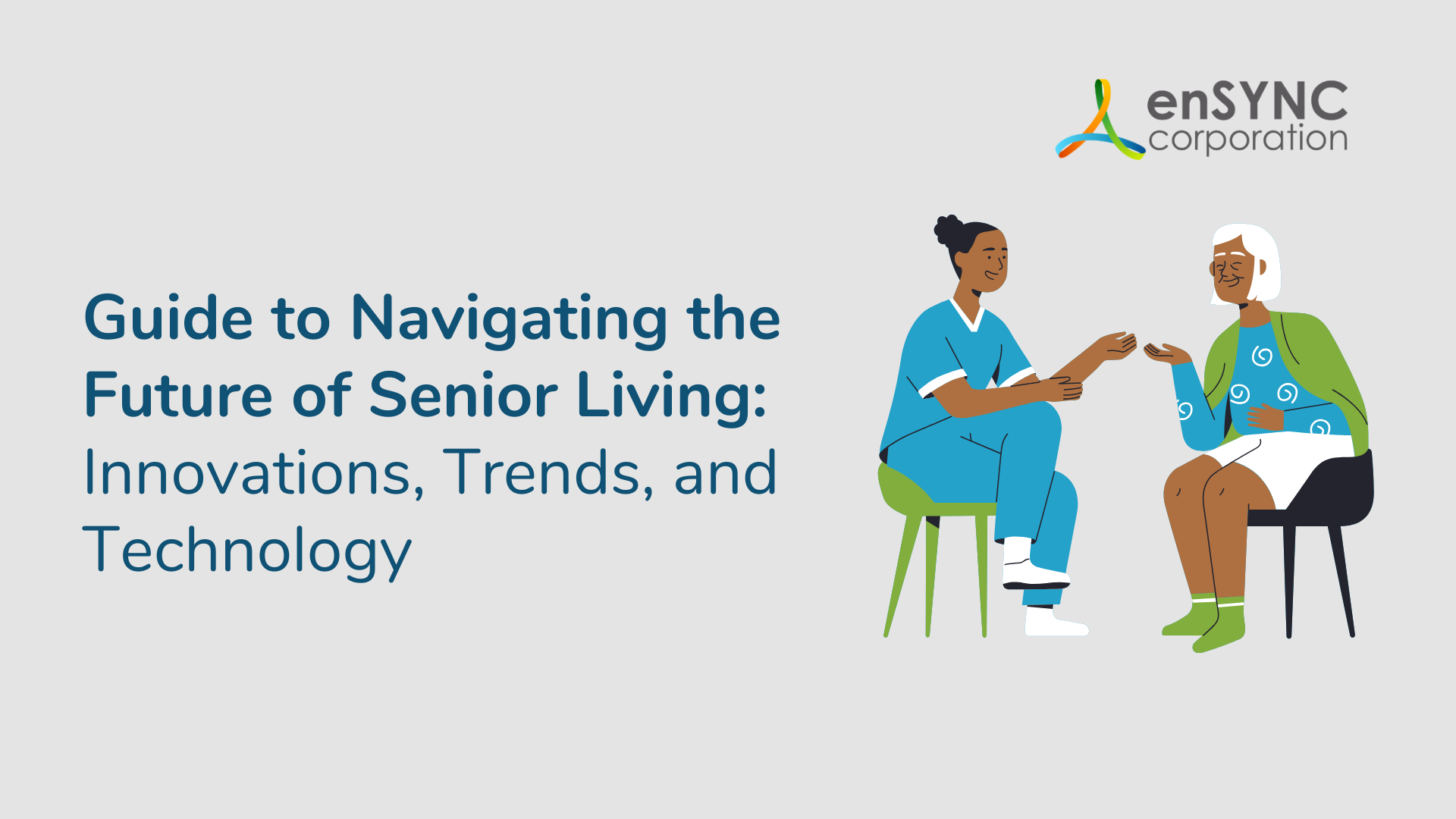Strategy & planning | Software solutions | Nonprofits
The Future of Nonprofits Post COVID-19 is Bright
March 11, 2021
|
The current state of the economy has cast a bleak picture for many businesses, nonprofits included. COVID-19-related policies have caused a severe economic recession that has seen consumer spending and corporate earnings plummet while hundreds of thousands of companies close amid record unemployment. Nonprofits have taken a massive hit as a result of the situation as they struggle to meet funding goals and fulfill service obligations.
This has come at a time when the most vulnerable members of society have been hit the hardest, and their numbers are expected to grow. As a result, there has never been a greater need for the social services of nonprofits - and for many, their mission is more critical than ever before.
The worsened economic conditions are likely to remain for years to come. Prospective individual donors, corporate donors, and government grant programs will be limited - at least in the short term and potentially in the medium term. Besides having less money to spend on operations, many nonprofits will likely have to cut services and lay off employees to stay afloat.
Despite the situation, some nonprofits will thrive through creative new ways to increase revenue as patrons divert their funds towards worthy causes that benefit their communities. Ethics are playing a more profound role in the lives of everyday consumers, and nonprofits are expected to play an essential part in shaping the new economic landscape.
There has never been a greater need for the social services of nonprofits.
Not all nonprofits will disappear...and some may even expand
Not all nonprofits are charitable. Some that are dedicated to promoting arts and culture may contract when compared to others that provide disaster relief or social services for individuals in need.
According to SeaChange, a nonprofit services company, there are three possible courses of action nonprofits can take to respond to the economic downturn.
The first is “hibernation”, whereby a nonprofit focuses on conserving resources until the economy recovers and donations recommence. The second action is “response” and is typically taken by nonprofits that have received more grants along with an increased demand for services connected to relief efforts. The final course of action is a hybrid of the two, taken by organizations that can still distribute services despite a disruption in donation flows.
While these three strategies are projected to change the nonprofit landscape in the short term, the long-term effects of the recession will likely result in a dramatically changed economic environment for nonprofits as a whole. Groups offering health-related services may receive priority funding over others providing monetary assistance. Some nonprofits in unrelated sectors such as arts and culture may go into hibernation and not emerge for many years, if at all.
Nonprofit Trends to watch in 2021 and beyond
According to the National Council of Nonprofits, the three top trends affecting charitable nonprofits will be:
1. Limited Resources
The economic downturn has led to a decrease in personal and corporate donations, along with reduced government subsidies and grants to nonprofits in most sectors.
2. Increased Demands
Some nonprofits associated with disaster relief and economic assistance have experienced increased demand from the communities they serve.
3. Growing Organizational Awareness
In order to spread awareness about the activities of the organization, the Council advises each group to ensure that “every nonprofit and board member needs to be an active, vocal advocate for her/his nonprofit’s mission to affect policies in the community, and at a national level.”
Other trends likely to emerge in the future include:
- Continued protection of the Johnson Amendment that seeks to preserve the integrity of charitable nonprofits “by supporting the tax-law ban on electioneering and partisan political activities”
- Possible increased leadership in promoting ideological values associated with diversity, inclusion, and equity
- Increased awareness of cybersecurity issues
- “Crowdfunding” and peer-to-peer fundraising
- Increased sustainability for nonprofit operations
The external trends affecting nonprofits along with the volatile economic environment are likely to affect the strategic planning initiatives and decision-making process among board members. These factors are also expected to affect the operations of grant-makers due to a shared tax-exempt legal structure.
While the situation may seem negative, nonprofits can brace for the future by evaluating how they operate and serve their stakeholders. Through creative and innovative new business models, nonprofits can upgrade methods for sourcing funds and delivering services that can ultimately benefit all stakeholders.
Reinventing the nonprofit business model
Most nonprofits obtain funds by creating fundraising campaigns to receive grants and donations. This model depends entirely on the generosity of patrons willing to give away their money and receive a letter of thanks and tax incentive. While this works well in times of economic growth, it is highly unstable in times of economic contraction.
A potential solution is to run the nonprofit like a business whereby the organization provides goods or services to patrons in exchange for their contributions. Great examples are found in the numerous social enterprises that have been created in recent years that blend for-profit marketing schemes with missions that endeavor to make a positive impact on the world.
Most nonprofits can redefine themselves using a business model that blends real-world economic principles with values rooted in altruism.
Some examples include Tom’s Shoes that has donated over 60 million shoes since it was founded and donates a third of its profits to local grassroots organizations. Another is The Old Skool Café in San Francisco that offers a jazz-themed dining experience, delivered by at-risk youth that come from foster care, jail, and other challenging environments.
Most nonprofits can redefine themselves using a business model that blends real-world economic principles with values rooted in altruism. Five ways to make that happen include:
Finding non-donation sources of revenue
Donations can always remain a source of revenue. How about adding other sources of funds? Can the organization create a product or service produced by employees or beneficiaries to sell to patrons in exchange for their donation? Besides giving donors a product or experience to remember, this can also bring a sense of belonging to members of the organization and the communities it serves through increased productivity, collaboration, and the acquisition of new skills.
Expanding stakeholder base
A stakeholder can be defined as anyone who has an interest in or can be affected by an organization’s activities. In addition to those a nonprofit serves directly, what other communities can be tapped into as potential stakeholders? Are there individuals in the local area with funds that the organization can serve? Expanding the stakeholder base takes some creativity and can be achieved using practical marketing principles that identify target audiences and identify their needs.
Optimizing the patron experience
Most donors receive a letter of thanks along with a tax incentive. How about creating incentivized donation amounts that include a branded product such as a mug, t-shirt, or even a service like a house cleaning or car wash? Depending on where your nonprofit is located, multiple stakeholder avenues are waiting to be tapped into with a little creativity and forward-thinking.
Finding partners and collaborating
Partnering up with other nonprofits and for-profit businesses can bring opportunities for both organizations, such as product or service collaboration and social media promotion.
Besides bringing in revenue, these types of partnerships help members from both organizations share ideas and learn new skills while uniting members from different communities.
Technology helps bring it all together
Future success for nonprofits ultimately requires leveraging innovative technology that helps streamline operations, improves efficiency, and reduces costs. Cloud-based accounting software offers nonprofits numerous benefits that help them grow their operations such as:
1. Increased transparency
Maintaining transparency becomes increasingly important to a nonprofit organizations’ stakeholders, particularly when the economy is contracting. Advanced software can help managers demonstrate accountability through reporting tools that let them create real-time reports showing where funds came from, how the money was raised, and how it was spent across the organization.
2. Reduced costs
Cloud-based accounting software helps organizations reduce costs by simplifying and streamlining everyday tasks. Advanced software allows managers to consolidate multi-currency transactions, fill in forms automatically and produce near real-time reports with ease and efficiency.
3. Increased collaboration across departments
Cloud-based accounting software allows credentialed members of the organization to access safely secured data wherever there is an internet connection. That means increased collaboration across all departments for enhanced decision-making using near real-time data that ensures everyone is kept up to date.
4. Advanced forecasting and budgeting tools
Integrated financial software provides innovative features that allow managers to budget into the future using advanced forecasting tools. Besides enhancing the decision-making process, this allows board members and managers to gauge the progress of the organization towards achieving its goals and objectives.
5. Seamless integration with existing systems
Finance teams can connect to other areas of the organization through an open API that can connect to existing or future systems. Along with having access to critical data from other areas such as payroll or budgeting, open APIs help managers keep track of the entire organization on a single interface.
Nonprofits have the potential to survive and even thrive in the future
While the current situation may seem bleak, nonprofits can adapt to the new economic landscape by leveraging business fundamentals inherent in for-profit models to increase revenues and enhance their stakeholder experience.
Limited resources and increased demand for services are dominant trends affecting nonprofits in the future. Reinventing business models through increased revenue streams that include creative ways to serve stakeholders can form part of the strategy nonprofits can use to adjust to many of the changes currently taking place.
Leveraging technology through the use of innovative solutions such as cloud-based accounting software can help nonprofits upgrade their operations. Along with reducing costs and increasing transparency, technological solutions can help unify employees and improve collaboration so the organization remains focused on achieving its ultimate goal of providing critical services to the communities it serves.
Recent Posts

Sage Intacct vs. Competitors: Finding the Best Accounting Solution for Your Nonprofit
Choosing the right accounting software is a critical step for any organization — and a deeply personal one, too. How to choose the accounting...

How Sage Intacct Transforms Nonprofit Financial Management: A Complete Guide
Staying on top of financial management is crucial for all businesses, especially nonprofits. Nonprofits often have limited resources and handle...
Enjoying our blog?
At enSYNC, we want to empower associations and nonprofits to make well-educated decisions. If you want our industry knowledge (and other free guides) sent directly to your inbox, fill out the form below.

